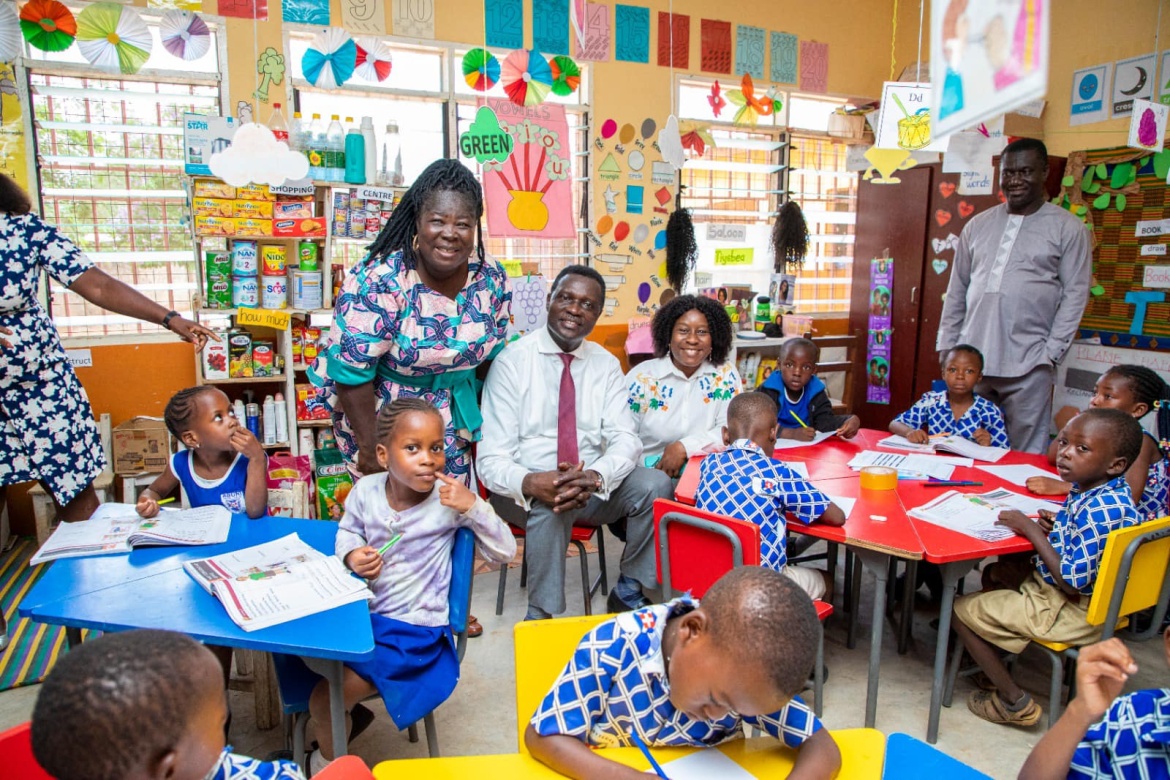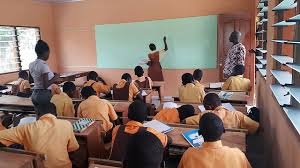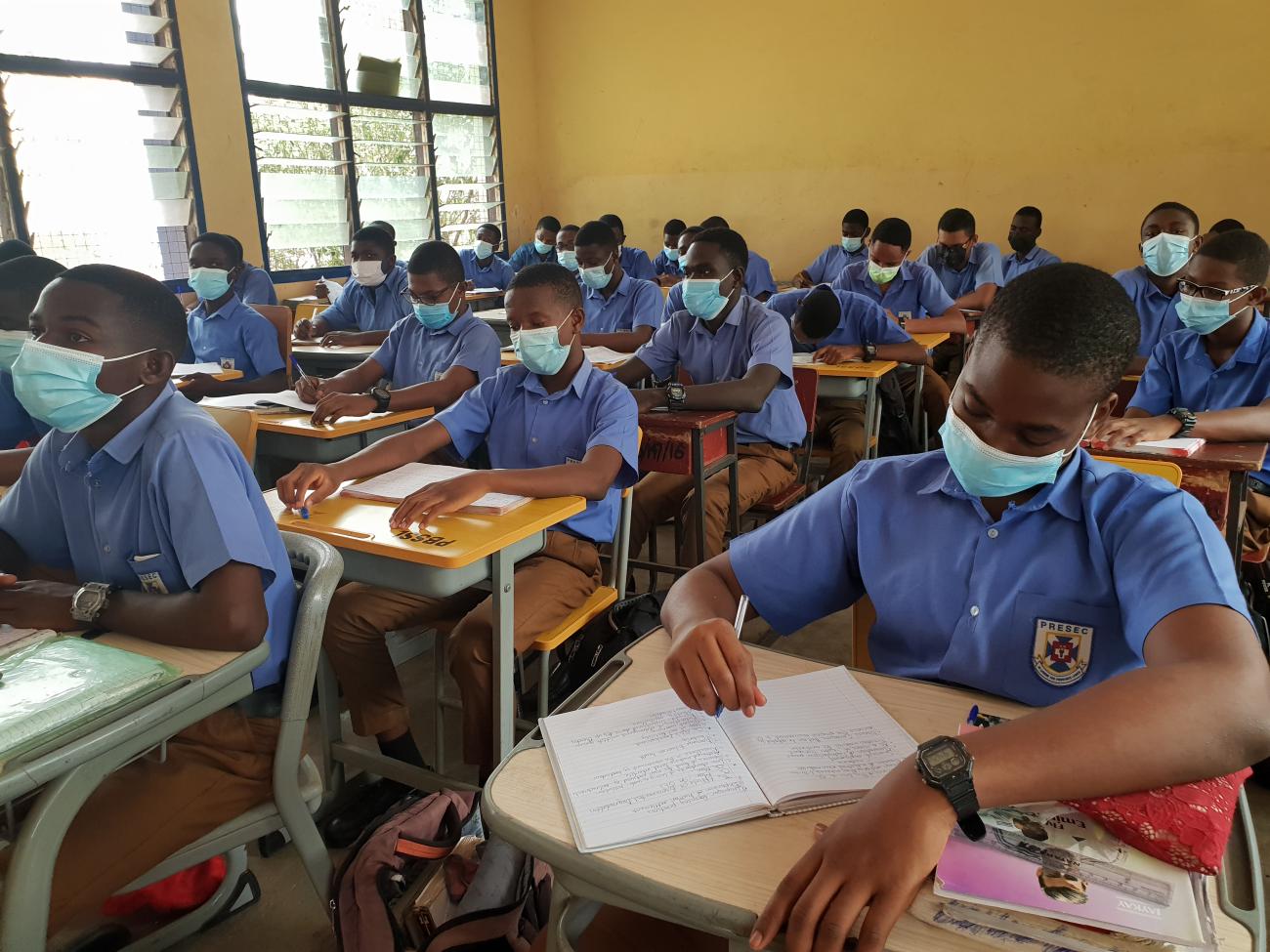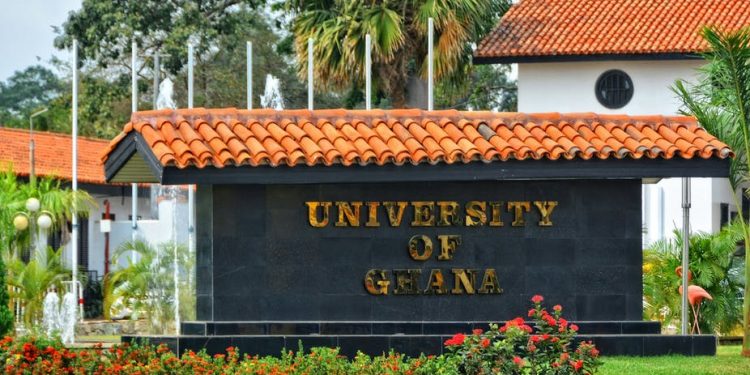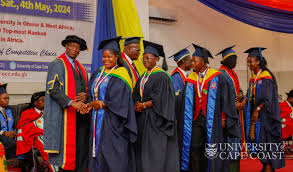Introduction
The educational system in Ghana is structured to provide comprehensive and accessible education to all children, from early childhood through tertiary education. It aims to foster intellectual, social, and personal development, preparing students for the demands of the modern world. With a focus on inclusivity and quality, the Ghanaian government has implemented various reforms and policies to enhance educational outcomes and bridge the gap between urban and rural areas. This document provides an in-depth look at the structure, key policies, achievements, and challenges of Ghana’s educational system, along with a comparative analysis with Japan, highlighting areas for mutual learning and potential integration of best practices.
Structure of the Educational System
Basic Education:11 years
Basic Education Structure

| Duration | Curriculum | Objective |
|---|---|---|
| Kindergarten 2 years |
– | To introduce children to basic concepts in literacy and numeracy, social interaction, and personal hygiene. |
| Primary School 6 years |
Subjects include English, Mathematics, Science, Social Studies, and local languages. Additional subjects like Creative Arts and Physical Education are also part of the curriculum. | To develop foundational skills in literacy, numeracy, and critical thinking, fostering a positive attitude towards learning. |
| Junior High School (JHS) 3 years |
Subjects include English, Mathematics, Integrated Science, Social Studies, Basic Design and Technology, Information and Communication Technology (ICT), and local languages. | To consolidate primary education and prepare students for secondary education or vocational training. |
Secondary Education:3 years
Secondary Education Structure

| Duration | Curriculum | Objective |
|---|---|---|
| Senior High School (SHS) 3 years |
Streams: General Arts: Focuses on subjects such as Literature, History, Geography, and Economics. Emphasizes Physics, Chemistry, Biology, and Selective Mathematics. Includes Accounting, Business Management, Economics, and Selective Mathematics. Technical:Focuses on technical subjects like Metalwork, Woodwork, Technical Drawing, and Building Construction. Vocational:Covers Home Economics, Visual Arts, and other vocational skills. Agricultural:Concentrates on Agricultural Science and related subjects. |
To prepare students for higher education or entry into the workforce by providing specialized knowledge and skills. |
Tertiary Education
Tertiary Education

Institutions
| Universities | Offer Bachelor’s, Master’s, and Doctorate degrees across various disciplines. |
|---|---|
| Polytechnics | Provide higher national diplomas (HND) and professional certifications. |
| Colleges of Education | Train teachers for basic education. |
| Technical Institutes | Focus on vocational and technical training. |
Objective
To provide advanced knowledge and skills for professional development and research.
Key Educational Policies and Recent Reforms
Free Senior High School Policy (2017)
| Description | A government initiative to make SHS education free for all students, removing financial barriers and increasing enrollment. |
|---|---|
| Impact | Significant increase in SHS enrollment rates, ensuring more students have access to secondary education. |
Curriculum Reforms (2019)
| Description | Introduction of a new standards-based curriculum aimed at improving learning outcomes and aligning with international standards. |
|---|---|
| Focus | Emphasis on critical thinking, creativity, and problem-solving skills. Inclusion of subjects like coding and robotics at the basic education level. |
| Teacher Training and Professional Development | |
| Ongoing Efforts | Continuous professional development programs to enhance teacher quality and effectiveness. Introduction of mandatory in-service training and workshops. |
| Goal | To ensure teachers are equipped with modern teaching methodologies and subject knowledge. |
Digitization of Education
| Focus | Integration of Information and Communication Technology (ICT) into teaching and learning processes. |
|---|---|
| Initiatives | Distribution of laptops and tablets to students and teachers, establishment of ICT labs in schools, and development of online learning platforms. |
| Objective | To improve accessibility and quality of education through digital tools and resources. |
Achievements and Milestones in Ghana’s Education Sector
Increased Enrollment
| Achievement | Significant rise in enrollment rates at all levels of education, particularly due to the Free SHS policy. |
|---|---|
| Impact | Greater access to education for children from various socio-economic backgrounds. |
Gender Parity
| Progress | Efforts towards achieving gender parity in basic and secondary education have shown positive results. |
|---|---|
| Impact | Increased enrollment and retention of girls in schools, contributing to gender equality in education. |
Improved Infrastructure
| Initiatives | Expansion and improvement of educational facilities, including classroom construction, provision of learning materials, and enhancement of school amenities. |
|---|---|
| Impact | Better learning environments and increased capacity to accommodate more students. |
Global Recognition
| Achievements | Ghana’s education reforms and policies have gained international recognition and support from global education bodies such as UNESCO and the World Bank. |
|---|---|
| Impact | Increased funding and technical assistance from international organizations, contributing to the overall improvement of the education sector. |
Comparative Analysis: Ghana and Japan
Differences in Educational Approaches and Philosophies
| Aspect | Ghana | Japan |
|---|---|---|
| Teaching Style | Teacher-centered, lecture-based | Student-centered, interactive |
| Curriculum Focus | Emphasis on core subjects | Broad curriculum including moral education |
| Assessment | High-stakes exams (BECE, WASSCE) | Continuous assessment, less emphasis on high-stakes exams |
| Extracurricular Activities | Limited, often academic-focused | Extensive, including sports, arts, and clubs |
| School Year Structure | Three terms, long vacation periods | Trimesters, shorter vacation periods |
Comparative Strengths and Challenges
Ghana’s Strengths
| Strong Governmental Support and Policies | Commitment to educational reforms and policies aimed at improving access and quality. |
|---|---|
| Cultural Emphasis on Education | Education is highly valued as a pathway to socio-economic mobility. |
Ghana’s Challenges
| Inconsistent Quality of Education | Variability in the quality of education across different regions, with rural areas often lagging behind. |
|---|---|
| Insufficient Resources and Infrastructure | Limited resources and inadequate infrastructure, especially in rural and underserved areas. |
Japan’s Strengths
| High Educational Standards and Student Performance | Consistently high performance in international assessments and a strong focus on academic excellence. |
|---|---|
| Well-Rounded Education | Extensive extracurricular programs that contribute to holistic student development. |
Japan’s Challenges
| High-Pressure Environment | Intense academic pressure leading to student stress and mental health issues. |
|---|---|
| Declining Student Population | Low birth rates resulting in a decreasing student population, impacting school enrollments and sustainability. |
Areas for Mutual Learning
Ghana
| Holistic and Student-Centered Teaching Methods | Learning from Japan’s interactive and student-centered approaches to foster better student engagement and understanding. |
|---|---|
| Extensive Extracurricular Programs | Incorporating a wider range of extracurricular activities to promote holistic development. |
Japan
| Community Involvement and Inclusivity Practices | Adopting Ghana’s strong community involvement and inclusivity practices to enhance school-community collaboration. |
|---|---|
| Resilience and Adaptability Strategies | mplementing strategies to build resilience and adaptability in students, inspired by Ghana’s focus on life skills and practical education. |
Potential for Japanese-Style Education in Ghana
Benefits of Introducing Japanese Educational Methods and Practices

| Enhanced Student Engagement | Interactive and student-centered learning can improve engagement and comprehension. |
|---|---|
| Holistic Development | Focus on moral education and extracurricular activities promotes well-rounded development. |
| Discipline and Order | Japanese educational practices emphasize discipline and respect, which can benefit the overall school environment. |
Examples of Successful Educational Exchanges or Pilot Projects
| Teacher Exchange Programs | Collaboration between Ghanaian and Japanese teachers for mutual learning and skill development. |
|---|---|
| Student Exchange Programs | Opportunities for Ghanaian students to experience Japanese education and vice versa. |
| Pilot Schools | Implementation of Japanese teaching methods in select Ghanaian schools to evaluate effectiveness. |
Recommendations for Implementing Japanese-Style Education in Ghanaian Schools
| Professional Development | raining Ghanaian teachers in Japanese educational practices and methodologies. |
|---|---|
| Curriculum Integration | Adapting Japanese curriculum elements to fit the Ghanaian context. |
| Community Engagement | Involving parents and communities in the adoption of new educational practices. |
| Monitoring and Evaluation | Establishing systems to assess the impact and effectiveness of the implemented practices. |
Lessons for Japan from Ghanaian Education
| Community Involvement | Strong community support and involvement in schools, fostering a sense of ownership and collaboration. |
|---|---|
| Inclusive Education | Efforts to include marginalized groups and ensure equal access to education for all. Ghana’s Approach to Community Involvement and Inclusivity in Education |
| Parent-Teacher Associations (PTAs) | Active PTAs that engage parents in school activities and decision-making processes. |
| Community-Based Schools | Establishment of schools in remote areas with support from local communities. |
Strategies for Fostering Resilience and Adaptability in Students
| Life Skills Education | Incorporation of life skills training in the curriculum to prepare students for real-world challenges. |
|---|---|
| Adaptability Programs | Programs that encourage creativity, problem-solving, and critical thinking to build student resilience. |

